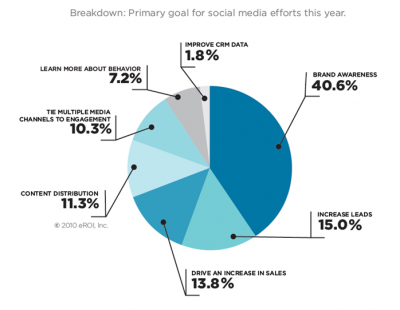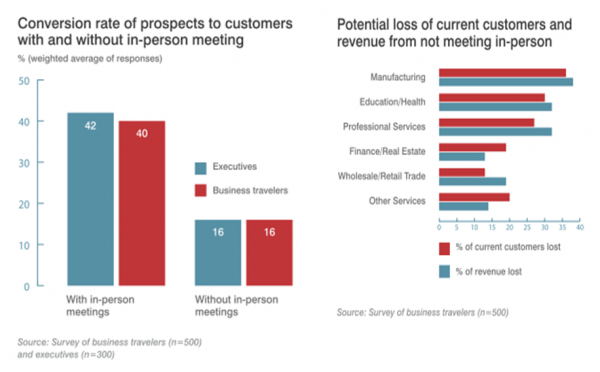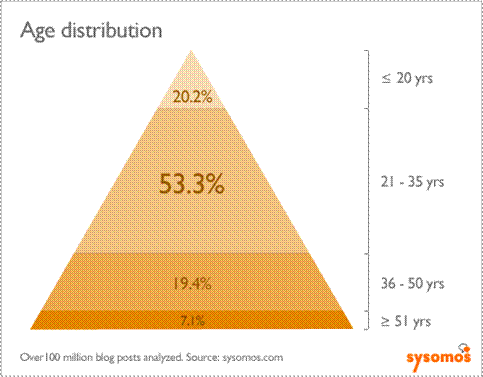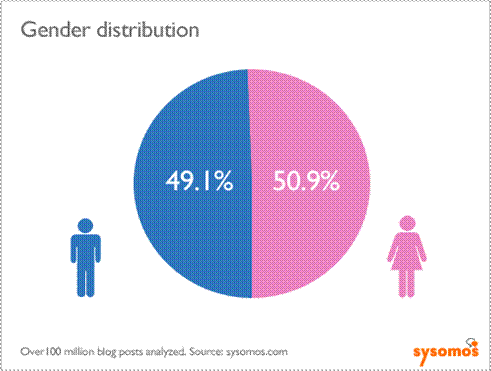In April of 2010, eROI conducted a study of more than 500 marketers that revealed nearly 60 percent of organizations assign less than five hours each week to social media management related tasks. From a company standpoint then, social media is one of the least involved marketing programs.
When they asked marketers which metrics they measures with respect to social media, 65.5 percent indicated growth/declines in friends and followers; 59.5 percent said traffic from social networks to their site; 39 percent said mentions. Measuring new leads (35.7 percent) and sales (28.5 percent) were lower on the list. What isn’t shown here is that 20 percent of respondents said they don’t track anything at all. Marketers in the study also shared what their goals were for social media. The vast majority use social media for brand awareness followed by increasing leads and driving an increase in sales.
Marketers in the study also shared what their goals were for social media. The vast majority use social media for brand awareness followed by increasing leads and driving an increase in sales.
 So you might be saying, “Yeah, but these are the big brands that can afford the resources to develop an impactful social media program.” But I would tell you that even if a company feels they’re too small or too busy to undertake a comprehensive social media program, start small. Treat it as a test or an experiment, where you develop goals and objectives and measure your success. There are many, that’s for sure, so start with one of the “big three” – Facebook, Twitter or Linkedin. As you master each one that is important to your business, determine how to integrate your efforts with the next one in line before you actually tackle it. What is most important is that you provide a quality user experience.
So you might be saying, “Yeah, but these are the big brands that can afford the resources to develop an impactful social media program.” But I would tell you that even if a company feels they’re too small or too busy to undertake a comprehensive social media program, start small. Treat it as a test or an experiment, where you develop goals and objectives and measure your success. There are many, that’s for sure, so start with one of the “big three” – Facebook, Twitter or Linkedin. As you master each one that is important to your business, determine how to integrate your efforts with the next one in line before you actually tackle it. What is most important is that you provide a quality user experience.
For more information or help to jump-start your social media program, contact Applegate Media Group at 887.515.5557 or info@applegatemediagroup.com.
- Thanks to that someone and thanks for checking us out!
- Heya, Someone mentioned this site over at http://www.trancecommunity.com/Forum/discographies/39330-andy_blueman_full_discography_all_320kbps_up_date.html a while ago. Anyway, I'm not necessarily into this stuff but Much…
- We don't participate in link exchanges but thanks for your interest!




